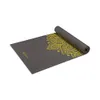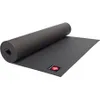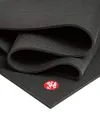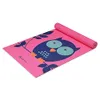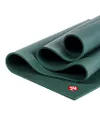
Tight and weak shoulders are a nightmare, especially if you love training your upper body and lifting heavy weights. Thankfully, over the years (and due to my seriously dodgy shoulders), I’ve collected some of the best shoulder stretches to release tension and stretch the upper body muscles.
In the spotlight right now is the reverse tabletop stretch — a go-to of mine when the fronts of my shoulders (the anterior deltoids) are feeling a little tight. You can perform this move as a stretch and hold the position, or use its dynamic expression when adding to a mobility routine or warm-up.
Below, I demonstrate how to do the reverse tabletop stretch with proper form and some top tips for stretching and strengthening those upper body muscles in general.
What is the reverse tabletop stretch?
Unlike the reverse plank, which requires a straight line from toes to shoulders, I want you to think of this as a hip flexion and extension exercise like hip thrusts and glute bridges.
You’ll perform this with bent knees, planting both heels and hands into the mat beneath you. Practice engaging your glutes and core muscles as you drive your hips upward into the air, creating a tabletop in reverse while pressing through your hands and feet. In fact, you should be able to balance your morning coffee on your thighs or stomach when holding this position.
How to do the reverse tabletop stretching exercise
- Start sitting on your bum with your hands pressing into the mat behind you
- Plant your feet down, knees bent. Where you position your feet is up to you — experiment and see what works best
- Point your fingers toward your heels and press through your heels. If you have tight wrists, slightly turn your fingers outward
- Engage your stomach and glutes and look ahead, slightly tucking your chin
- Inhale, then as you exhale, drive your hips upward toward the ceiling
- If you feel comfortable, allow your gaze to travel behind you and release your neck
- Aim for a straight line between knees and shoulders and hold the stretch
- On your inhale, slowly lower your bum toward the floor with control, returning to the start position.
What are the benefits of stretching?
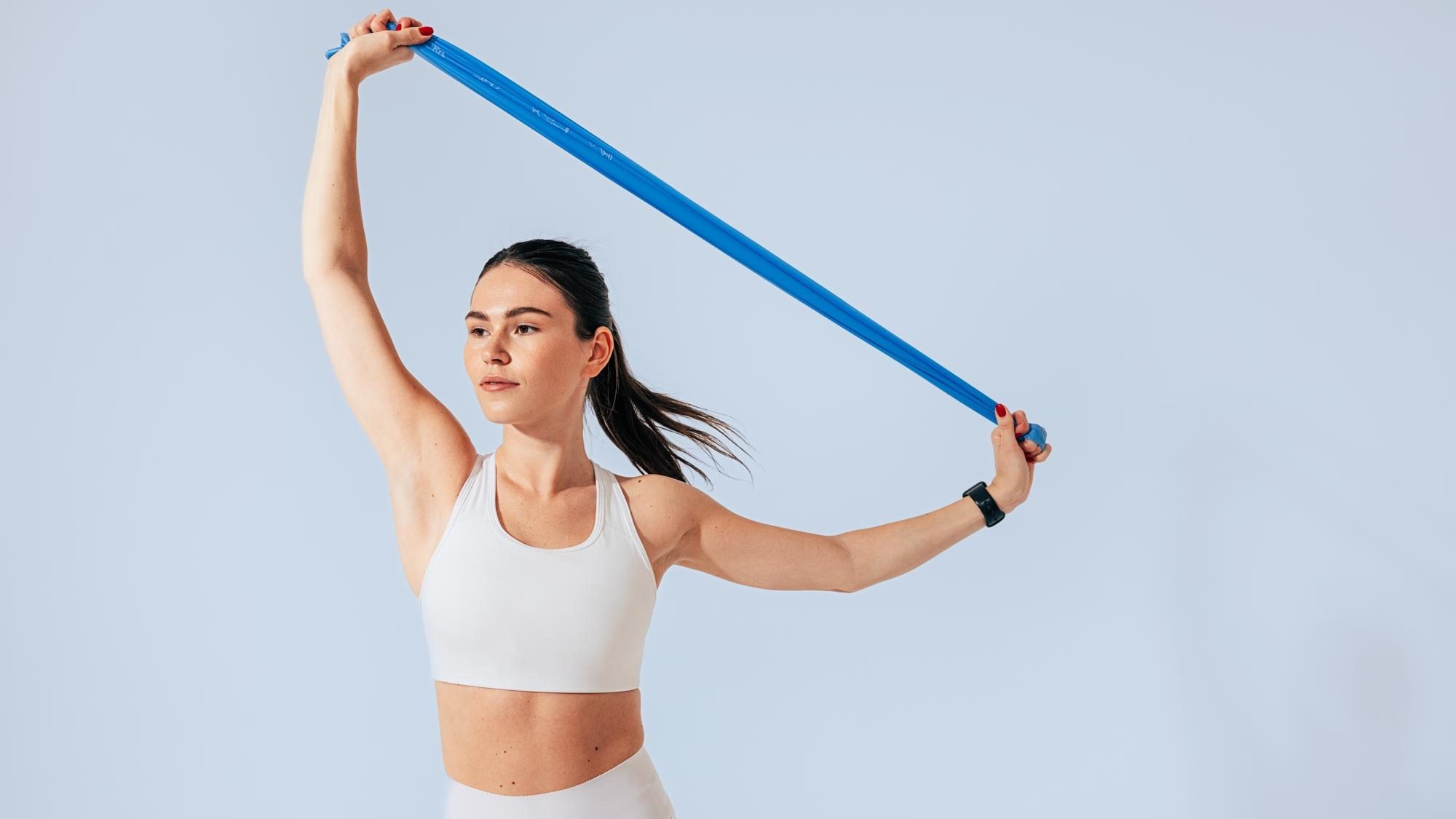
Passive stretches involve holding a pose for a length of time, helping to develop more flexible muscles. Stretching the back, shoulders, arms and chest can help release tension, improve flexibility, reduce tightness and improve posture, which is especially beneficial if you enjoy lifting heavy weights or you sit for prolonged periods.
As someone who suffers from tricky shoulders — and who happens to be a personal trainer — I’ve spent years improving flexibility and range of motion and strengthening my upper body, so I'm pretty picky about which exercises make my routine. Reverse tabletop stretches can be held passively or made dynamic, which is why they’re a versatile option for most people.
Sign up to get the BEST of Tom's Guide direct to your inbox.
Get instant access to breaking news, the hottest reviews, great deals and helpful tips.
Think about how much space you need in and around your shoulders to shelve a barbell in the overhead position during an overhead press, snatch, or overhead squat, for instance. In its dynamic expression, mobility exercises like this one could improve functional performance and help you develop better movement during workouts.
Sure, stretching can feel tedious, but it doesn’t need to take long — just a few minutes spent performing this stretch and repeated daily or a few times a week could help stretch and activate the fronts of your shoulders, arms, chest, lower back, hips, hamstrings, quads and glutes.
Remember to stop if you experience pain or feel unwell. Always consult a qualified medical professional if you’re suffering from an existing injury or are new to exercise before starting a new exercise program.
What causes tight shoulders?
Alongside sitting for prolonged periods, hunching, slumping and a lack of core engagement or proper posture can cause tight shoulders and internal rotation. In most cases, the pectoral muscles become overworked and tight, whereas the underworked back muscles become weak or strained. These imbalances can strain your shoulder muscles and often show up during workouts.
Try to balance upper body workouts with enough push-pull to work the front and back of the body as evenly as you can. The typical “back and biceps” and “chest and triceps” combinations exist for a reason, but, if you’re tight on time, combining the two provides a complete upper-body workout.
Stretching should work the same way — focus on the front and back body as much as you can; I’ve included some ideas for your stretching routine below.
Verdict
Static stretches held for at least 20-30 seconds could deliver on short-term flexibility improvements, whereas dynamic stretches, performed regularly, help prepare your limbs for movement and warm the relevant muscle groups for exercise, reducing the risk of injury.
Much of the recent research suggests static stretching does have its benefits, but PNF (assisted) stretching in particular could be the most effective at boosting flexibility and muscle function. If you perform static stretches, try to add them to your routine several times per week after workouts for best results.
According to the Open Orthopaedics Journal, your shoulder joints are the most unstable yet mobile joints in the body, so building flexibility and strength in these joints is crucial to healthy shoulders.
More from Tom's Guide
- This one-minute stretch opens your hips and builds upper body flexibility
- Forget burpees — build muscle all over the body with this 20-minute Pilates-inspired workout and a set of light weights
- The best exercises to do if you have sciatica

Sam Hopes is a level 3 qualified trainer, level 2 reiki practitioner and senior fitness writer at Tom's Guide. She is also currently undertaking her Yoga For Athletes training course. Sam has written for various fitness brands and websites over the years and has experience across brands at Future such as Live Science, Fit&Well, Coach, and T3.
Having worked with fitness studios like F45 and Virgin Active, Sam now primarily teaches outdoor bootcamps, bodyweight, calisthenics and kettlebells. She also coaches mobility and stretching-focused classes several times a week and believes that true strength comes from a holistic approach to training your body.
Sam has completed two mixed doubles Hyrox competitions in London and the Netherlands and finished her first doubles attempt in 1:11.
